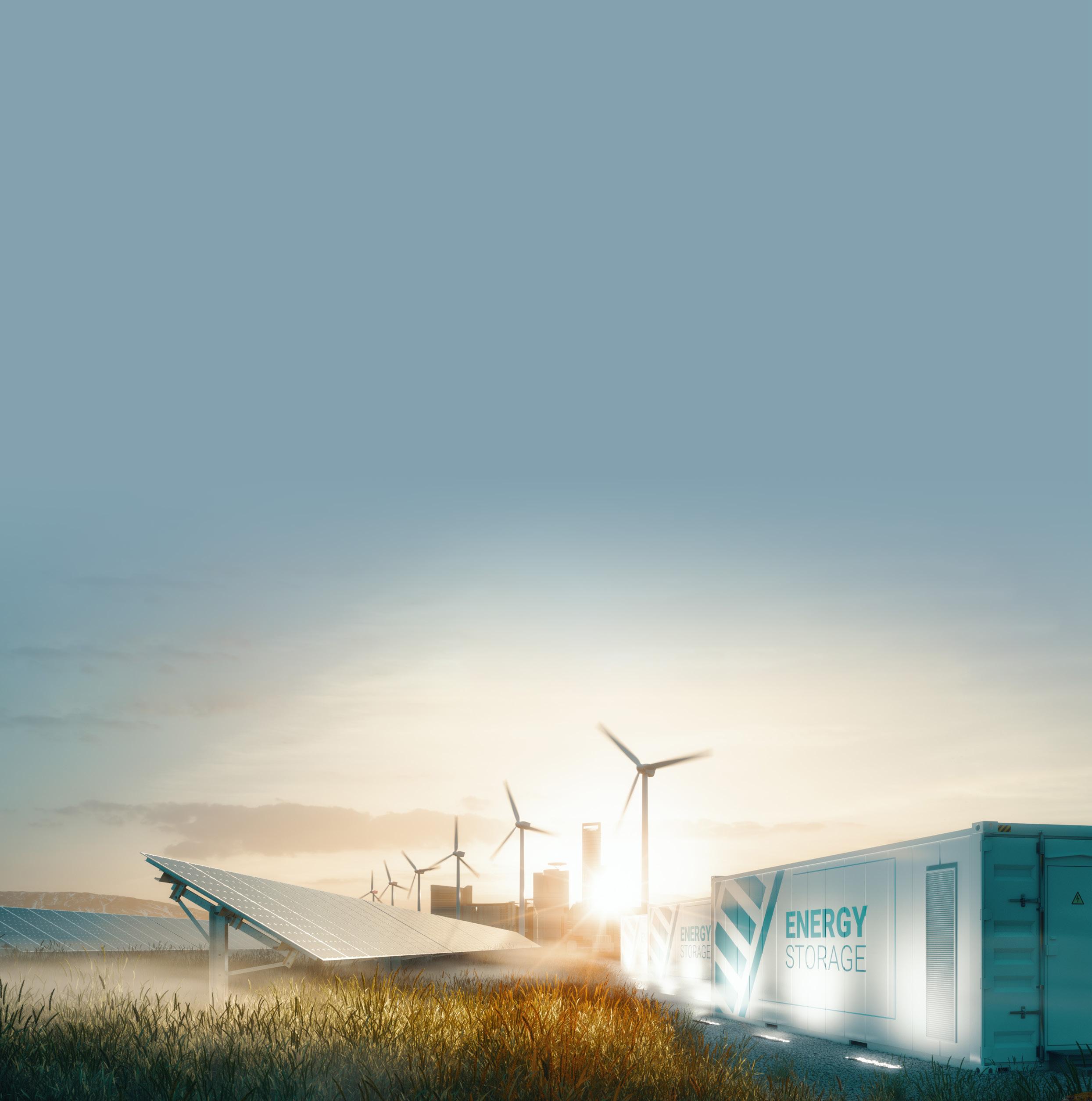
2 minute read
RENEWABLE ELECTRICITY - A NEW ERA BECKONS - 70% RENEWABLES BY 2030
Sharpened focus and vigour in delivering substantially more electricity in Northern Ireland from renewable sources over the next 30 years is needed and agreeing a new Strategic Energy Framework is key.
The Department for Economy (DfE) published a Call for Evidence (CfE) back in December 2019. The consultation process closed in April 2020 (delayed due to Covid-19) and a draft Strategic Energy Framework (SEF) is anticipated in late 2021.
Over the last decade energy supply in Northern Ireland (NI) has changed substantially since the 2010 SEF was published which set a target (considered by some at the time as highly ambitious) of 40% of renewable energy contribution by 2020.
That target has been comfortably exceeded with current generation having risen to 47% of power deriving from renewable sources with the lion’s share of that generated by wind.
The CfE is the first step in a programme of work aimed at developing a new strategy for decarbonisation of the energy sector by 2050 echoing the UK Government’s lead on achieving net zero carbon by 2050. The CfE sought evidence in respect of issues in decarbonising energy, efficiency; energy for heat, security of supply and new technologies.
It remains to be seen what the new target will look like but we expect Spring 2021 to shed some light when DfE publish the options consultation setting out routes to meeting the objectives in a future SEF. Economy Minister, Diane Dodds is on record in saying that there should be an ambitious and achievable renewable energy target which in her view should not be below 70% by 2030.
DfC have helpfully referenced RoI and Wales (who have targets of 70% by 2030) in the CfE as case studies and set out three potential options for NI: 1. consistent with RoI and Wales, 70%; 2. intermediate step of 60%; and 3. at the higher end, 80%. Whatever targets are ultimately set there will be a need to formulate an associated incentive regime to make it happen.
While there is currently no incentive regime (such as the previous NI Renewable Obligation Certificate (NIROCs) which provided the important tariffs for investing in the sector, it is anticipated that the more ambitious SEF will introduce a new regime.
The energy sector is proactively trying to get ready to deliver and operators are much more active again in appraising new sites and refreshing or reinvigorating sites that may have had a previous negative planning history and looking to secure new option agreements for the future.
A further trend is that developers are now looking to invest alongside the orthodox technologies (wind, solar, anaerobic digestion) with hydrogen or battery energy storage development – these are offering further opportunity to stabilise the previous demand / supply problem of renewable power and be more responsive to demand.
Our experienced team is managing an increased renewable workload and are looking forward to securing further instructions and delivering valuable planning decisions for our clients.









